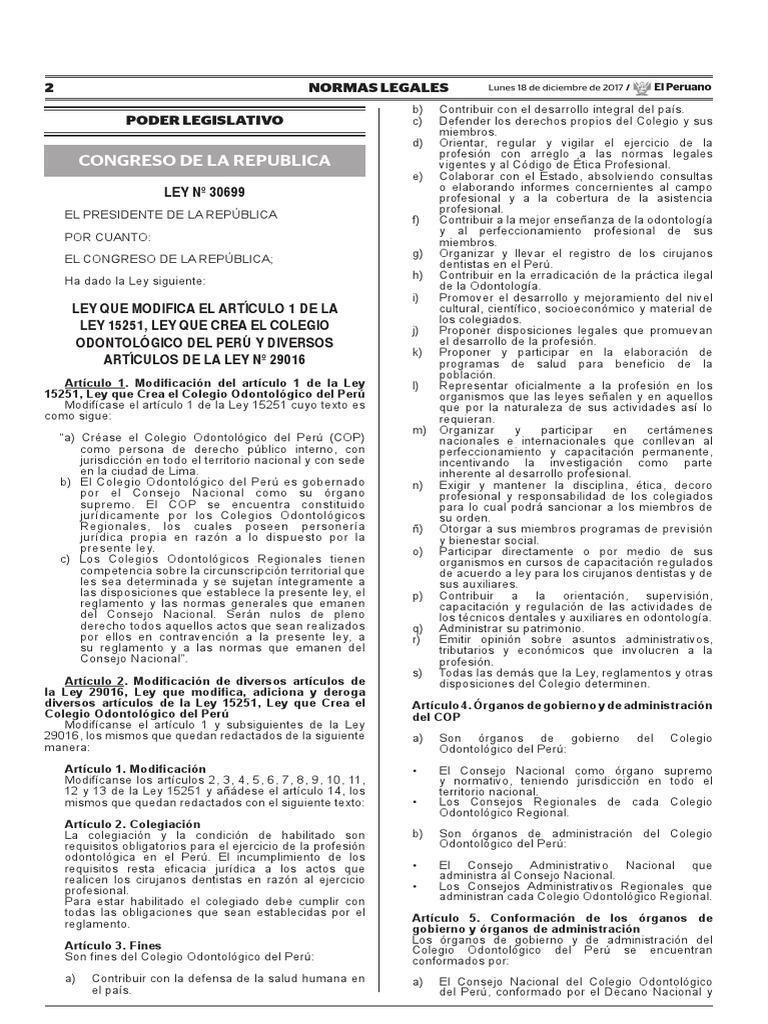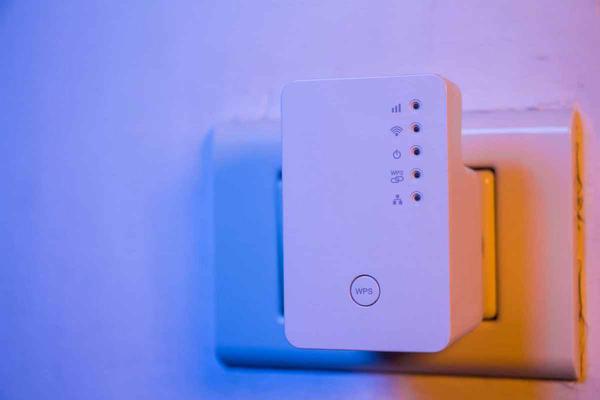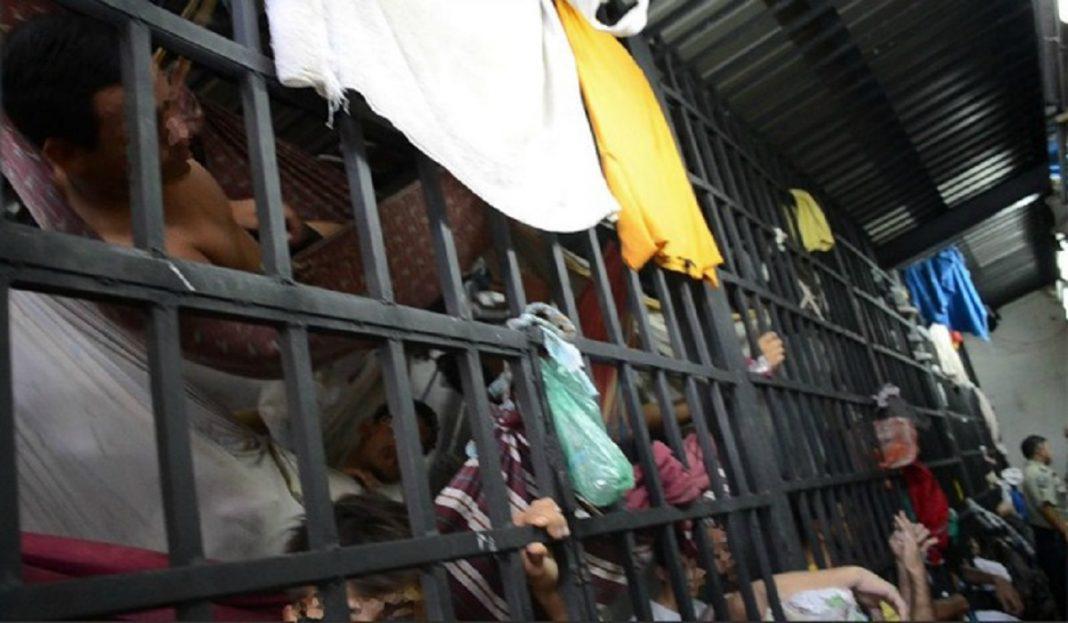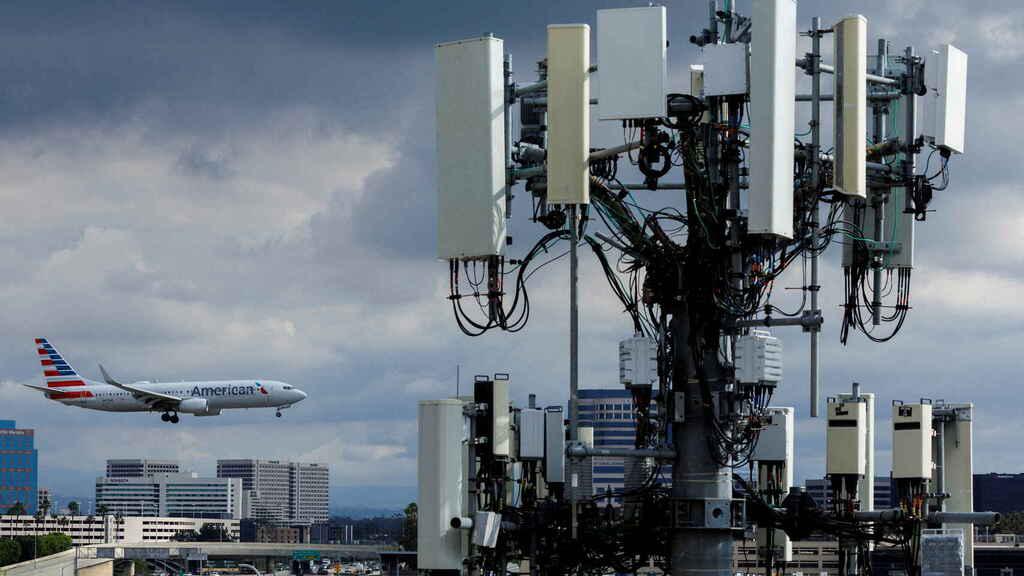Why is the Internet slow and how to fix it
Share on Twitter Share on Facebook Share on LinkedIn Share on Pinterest Share on Email Share on Telegram Share on WhatsApp
There is only one thing worse than a broken Internet connection: a slow Internet connection, which can be infuriating and can be caused by different reasons, each with a very different possible solution. .
-Know the connection speed: The first step would be to verify through some of the multiple web pages that allow you to calculate this data what connection speed is available. The process is carried out by calculating the speed of sending and receiving a data packet, which allows knowing both the speed in Mbps (megabits per second) and the ping (time it takes to get the first bit of information). that is sent), with which the latency would be known, essential information especially for gamers.
-Accessing the router: As a first step, on many occasions you will have to access the router's configuration, something that can usually be done from any Internet browser using the URL "192.168.1.1" (write without the quotes). In the box of the router itself, on a sticker on the back or bottom or in the instructions, the username and password to access the configuration usually appear. Usually, by default, the username and password can be "admin" so the first advice would be to change it to a less simple one and save it in a safe place.
-WiFi: Sometimes the problem is at home and the cause is the home wireless connection itself, with two possible variants, problems with the router or with the WiFi signal itself. In the first case, it would be necessary to check that the router configuration is correct by following the instructions of the Internet access provider and the device manual itself.
It is increasingly common for routers to incorporate a dual band (2.4 GHz and 5 GHz), the former being faster but operating optimally only at a shorter distance from the router or with fewer obstacles in between, for so these aspects must also be taken into account and verify that the device from which the Internet is accessed (laptop, console, mobile, tablet) automatically connects to the band that offers the best service depending on the area of the home or the office.
-Channels saturated: As a consequence of this double band (2.4 GHz and 5 GHz) and given that the first is the usual one in all routers that are not of the latest generations, it can happen that there is saturation in the environment of a certain band that causes an overload in that part of the radio spectrum, one of whose possible consequences would be the slowdown of the Internet connection.

The easiest way to verify it is to search for available wireless networks from the device (computer, mobile, tablet...) to detect how many WiFi networks are operating around and with what strength the signal arrives. Especially in urban environments the number of wireless networks detected can be enormous, but it is common for one of the channels to be more "populated" than the other. Knowing this information, you can access the router configuration to select the preferred band.
-Interferences: All furniture, objects and of course walls in a home are obstacles to the correct transmission of the WiFi signal, so you have to be especially careful with the location of the router and with the obstacles around it. It will be preferable to locate the router in the most central position of the home or office so that the signal reaches as many rooms as possible.
This means not placing it behind a piece of furniture or behind the television but in as open a space as possible. It is also convenient to play with the position of the router's own antennas, which increasingly have several adjustable antennas. With a minimum of two, the recommended configuration would be to place one in a horizontal position and the other in a vertical position. Finally, there are domestic devices that can cause active interference with the router signal, such as microwave ovens, so it is more than convenient to place both devices as far apart as possible.
-Low signal strength: Once the router is located correctly according to the indications in the previous point, it may still happen that the signal strength is not enough to offer coverage in the most remote points. In these cases, it is almost inevitable to resort to signal repeaters, simple devices that are connected to a power outlet and that reinforce the signal coming from the router, expanding the WiFi coverage radius. They are usually detected as an extension of the main WiFi network and it is necessary to verify that the devices connect to said extension (which will offer a stronger WiFi signal) instead of to the router, which depending on the area could offer attenuated coverage and, therefore, therefore, lower speed and Internet connection capacity.
-Mesh or Mesh Networks: Mesh or Mesh networks are an evolution of the previously mentioned signal repeaters, characterized by improving the connection making the transition between the different coverage areas corresponding to each module transparent to the user. so that in practice a single WiFi network appears regardless of the number of existing repeaters. The possible conflict of the device maintaining the connection with a remote repeater from which a weaker signal reaches it disappears.
-Software update: It can happen that a simple software update ends the slowdown in Internet operation. It may be a more common circumstance in computers than in mobile devices, but if this were the case, it would be enough to update the operating system or the firmware, in the case of smartTVs, game consoles or even the router itself... or even the computer's network card .
-Internet browser: There are browsers that for various reasons make browsing more fluid, while others achieve just the opposite. In this situation, the solution is very simple: just change your browser. Sometimes it can happen with certain web pages that "get along better" with one or another browser, so it may be a good idea to have several installed. Browser extensions, plug-ins and complements can also be reviewed, deactivating them all and activating them one by one manually until you detect which one is slowing down browsing.
-Intruders: A WiFi network that operates at a low speed can be a sign that there is an intruder taking advantage of the connection and slowing it down for the legitimate user. This situation is more likely to happen if the serial specifications of the router are maintained (that password "admin") but a neighbor may have used some software capable of accessing the WiFi connection. There are applications (such as Fing or Wireshark) that allow you to detect devices that are connected to a wireless network and that will allow you to discover if someone unauthorized is making illegitimate use of the connection and, therefore, slowing it down.
-Conflicts between the antivirus and the firewall: Being overzealous in the protection can play a trick if the firewall and the antivirus conflict, resulting in a slowdown in browsing. The solution is to modify the firewall settings or change the antivirus to one that does not conflict with the firewall.
-Windows 10 configuration conflict: For security reasons, a certain operating system configuration can restrict network traffic. It is something that should only happen if the user manually activates this option, but there may be programs that affect to this configuration without the user being warned about it. To verify if this is the case, proceed to empty the DNS cache, modify the DNS servers to reduce the response and resolution time of domain names, and clean the temporary files folder.
-Malware: One of the worst news would be that the slowdown in Internet performance is due to the presence of malicious software on the computer. It would mean a vulnerability that could be critical and that can only be prevented with responsible browsing and the proper use of security measures such as the aforementioned antivirus and firewall.
-Infrastructure: If all the previous points have been reviewed and even so the connection persists at a low speed that is also constant (that is, there is never a moment in which a certain speed is exceeded and this is objectively low) the reason could be due to the access provider's own network infrastructure.








